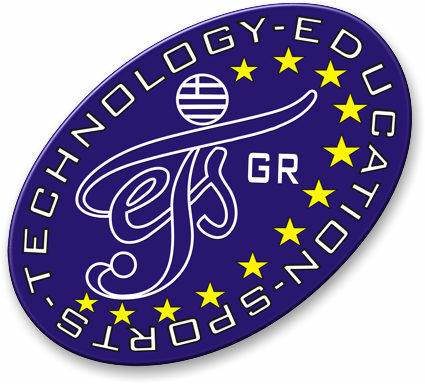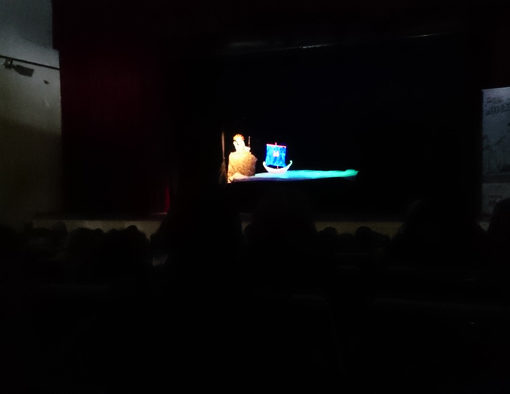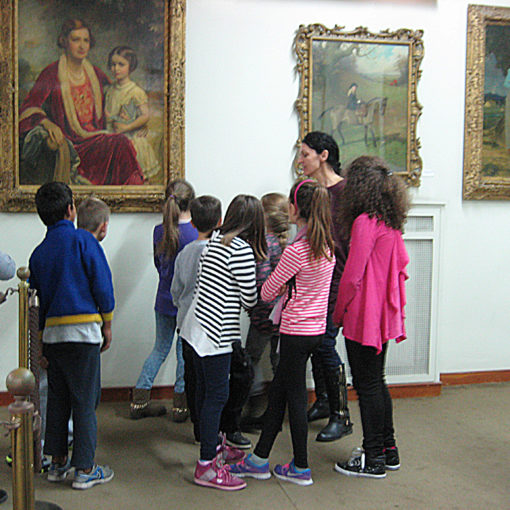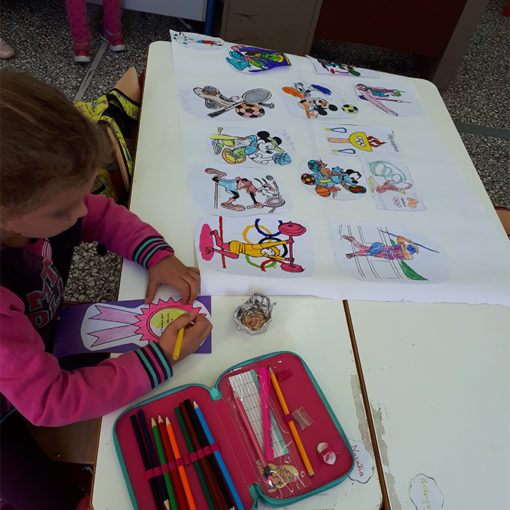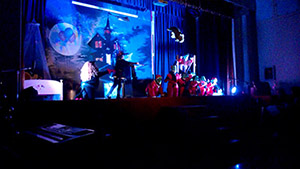Chios island is known worldwide for its mastic production and the numerous products, that can be manufactured from this yellow resin. Since many centuries the mastic tree is solely cultivated on Chios which has made mastic an important element of the islands culture. In 2014 this significance has even been recognized by the UNESCO with a place on its List of the Intangible Cultural Heritage of Humanity. So naturally learning about the mastic tree, its cultivation and the processing of the resin is also incorporated in school education.
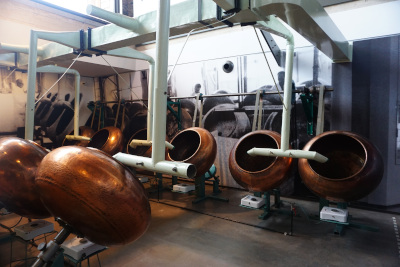
On the 17th of December I visited the Mastic Museum together with the first and the third class of the San Markos elementary school. In this article I would like to share the experiences that I have made as a volunteer during this small trip. After the first lesson everyone gathered in front of the school where we prepared for the trip. I was responsible to carry the first aid kit and also captured some photos with the schools camera. Then the children headed to the main street where a big coach was waiting for us. The bus ride to the Mastic Museum, that is located in the south of the island near Pyrgi, took almost one hour. For the children it was difficult not to get bored in the meantime but personally I enjoyed observing the landscape through the window since I had never visited this part of the island before. From time to time Mr. Kostas, the headmaster, showed me attractions or gave me small insights about places that we encountered on the way. For example I got to see the traditional houses in the region of Kambos and an abandoned fortress on top of a hill. I really appreciated this conversation because you get to know a place in a completely different way thanks to the knowledge of local people. When we finally arrived I helped the children to leave the bus and everyone was glad to breathe some fresh air. The museum is located very beautifully on top of a small hill overlooking a valley with mastic trees. The building itself is mainly made of glass, wood and steel which creates a great welcoming atmosphere in combination with the high ceilings. While waiting in front of the museum I watched over the children and tried to keep them from exploring the place on their own which proved to be quite challenging.
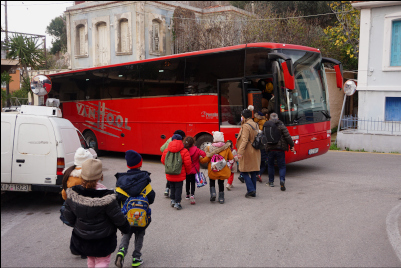
Then we finally entered the museum where the teachers and one guide explained the different exhibits. Close to the entrance there is a section dedicated to the mastic tree itself and you already get to see the yellow raisin. Afterwards we learned about the traditional methods and tools that are used to harvest and process mastic resin. Firstly the floor beneath the mastic tree is cleaned from little rocks and twigs. Then the mastic grower covers this area with calcium carbonate and incises the bark every 4 to 5 days. Therefore small drops of resin emerge from the cut and dry during the next weeks. Now its time to harvest the hardened resin from the previously prepared floor. After being cleaned in various steps the mastic is finally ready to be sold. Lastly we learned about the Mastichochoria region with its traditional villages as well as the modern mastic processing. Soon it was already time to travel back to Vrontados. In conclusion I can only say that I really appreciated spending time with the children and the teachers but of course it also represented a great opportunity to learn more about mastic.
https://www.piop.gr/en/diktuo-mouseiwn/Mouseio-Mastixas/to-mouseio.aspx#
